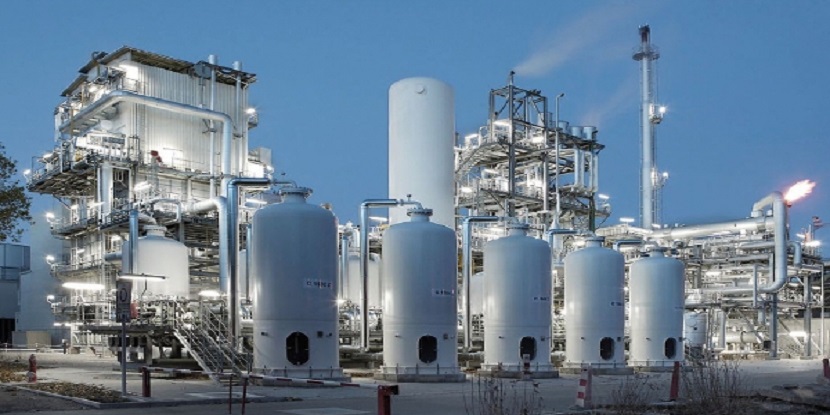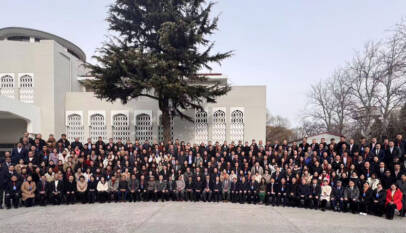Pakistan should promote rapid industrialization under CPEC: Hassan Baig
Hassan Baig, an economist writes that the Chinese model of economy has taught all countries to support infrastructural development in the form of industrial clusters and economic zones to achieve economic development. He says Pakistan under CPEC has replicated this by developing SEZs, and needs to improve this even more. Furthermore, he writes that Pakistan’s economy needs to materialise incentivizing Large Scale Manufacturing (LSM) to enhance exports by further substituting imports at the domestic level, and making Gwadar the hub of all industrialization in the country like Shezhen is in China.
The Chinese model of economy has taught us to go all out for infrastructure development in the form of industrial clusters and economic zones to achieve economic development.
Pakistan has learnt recently to follow this Chinese economic growth model and has started taking initiatives to develop Special Economic Zones (SEZs) in the backdrop of CPEC. The SEZ initiative is a step in the right direction towards a developed Pakistan.
Although the concept of SEZs has contributed a lot in the world economy, the Chinese experience has been amazing. Chinese leader Deng Xiaoping in the late 1970s and early 1980s started implementing a new vision of economic growth through the modern concept of SEZs by opening the market for world investors. China has also developed economic and technological development zones, free trade zones, export-processing zones and high-tech industrial development zones. The SEZs and other economic zones are contributing in a big way to the Chinese economy by attracting FDI, generating employment, upgrading skills, enhancing and diversifying exports as well as trade efficiencies. According to some estimates, the SEZs are contributing around 23 percent to GDP, almost 60 percent in Chinese exports while attracting 45 percent in FDI and creating about 30 million jobs, which is not less than a miracle.
The SEZ model of economic growth is also popular in other parts of the world; most such zones are found in African and Latin American countries. These zones are in the thousands. Countries like the US, Canada, Australia, New Zealand and Eastern Europe have also developed their economic zones for growth and investment. The US has developed California Enterprise Zones, Maryland Enterprise Zones, New Jersey Urban Enterprise Zones and Michigan Neighbourhood Enterprise Zones. Same is the case in other countries of the world, especially developing countries or least developed countries in the African continent. Bangladesh is another prime example of developing SEZs with impressive economic growth credited to such zones in the country.
Pakistan has all the ingredients to go all out for such option but the SEZ part of our economic planning is absolutely needed for economic growth for which CPEC could prove to be very effective, as the Chinese are investing all over the world to expand their industrial network. The public-private investment model is the best way for development in the country. The public-private partnership (PPP) model is a way forward, which the government is already contemplating. It is my considered opinion that the sooner the better we capture this mode of partnership.
Two SEZs are being developed right now under CPEC; one in Rashakai (Khyber Pakhtunkhwa) and the other in Faisalabad but what we need is to develop at least 20-30 such zones. The government has to chalk out a comprehensive programme for the development of such zones from KP to Gwadar. The best use of CPEC could be to industrialise Pakistan through the PPP model by further cementing it through incentives for such zones, especially declaring them tax free for at least 15 to 20 years.
The way forward for our economy is to materialise the bigger concept to incentivise Large Scale Manufacturing (LSM) enhancing exports by further substituting imports at the domestic level. That dream may come true only if the concept of SEZs on the pattern of the Chinese economy is implemented in true letter and spirit. The LSM sector has already started giving results on the lowering of interest rates by the State Bank of Pakistan from 13.25 percent to 7 percent thanks to the pandemic outbreak. Our exports have also started improving, coupled with a big boost to our foreign remittances which is a great sign of our economic recovery subject to sustainability in the longer run. The development of SEZs can ensure such sustainability.
Last but not the least, Gwadar may be made the hub of such industrialisation like Shenzhen in China. The same model may be replicated in Pakistan along with the development of other SEZs for overall economic growth and prosperity of Pakistan. The SEZs are a must as is economic growth.
Pakistan’s capital market delegation visits China, signs MoUs
Karachi – A high-level delegation from Pakistan’s capital market, led by Mr Akif S…












